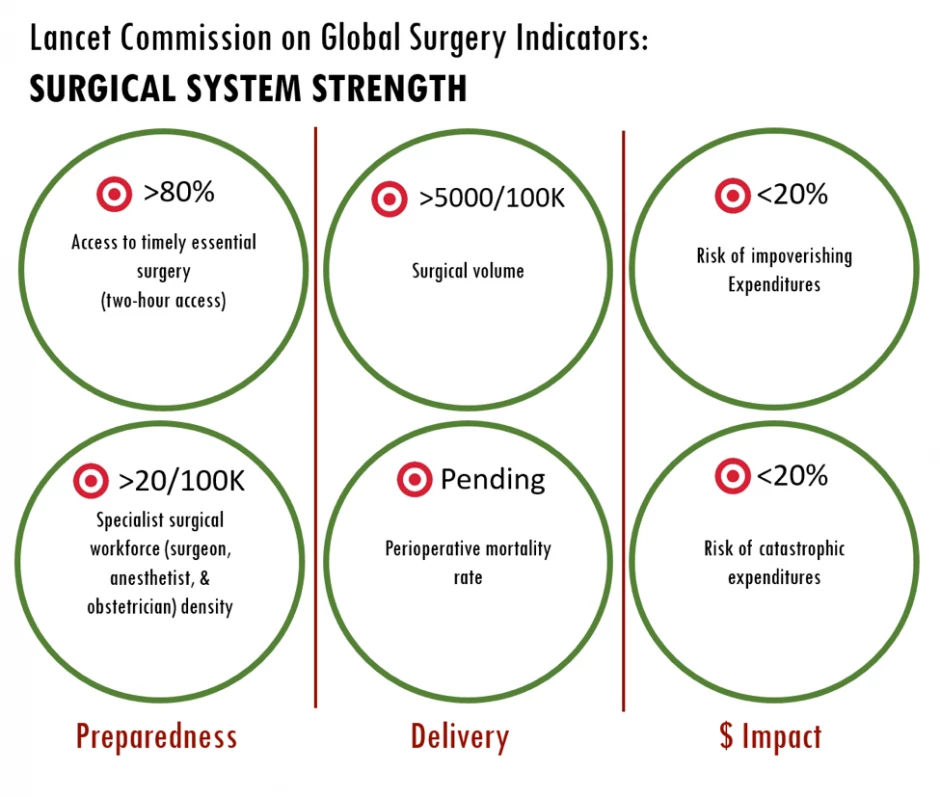
The reports will:
- Complement the information presented in International Debt Statistics book, which is published every year with regional and country specific analyses on the composition and characteristics of external debt stocks and flows of low- and middle-income countries.
- Draw from the high-frequency, Quarterly External Debt Statistics (QEDS) and quarterly Public Debt Statistics (PSDS) databases to provide users with syntheses of emergent trends in external and public debt, including borrowing patterns and current debt levels in both high-income countries and low- and middle-income countries with specifics on domestic public debt.
- Provide users with information briefs on current issues and ongoing initiatives aimed at improving external and public debt measurement and monitoring, filling data gaps, and enhancing the coverage and harmonization of international datasets and related data dissemination.
The first edition of the Debt Report 2020 presents an overview of the evolution of external debt stocks and net financial flows (debt and equity) from the regional perspective and draws out the main messages from the regional and country specific data available to users at http://datatopics.worldbank.org/debt/ids/
- Latin American and the Caribbean region accounted for the largest share of net financial inflows with $272 billion (27%), followed by countries in East Asia and Pacific, other than China, $115 billion (11%).
- Debt inflows surpassed equity inflows in all regions in 2018 except South Asia where equity inflows accounted for 60% of total inflows and Europe and Central Asia where debt flows were negative (-$11 billion).
- Middle East and North Africa region recorded the fastest accumulation in external debt stocks, on average 7%, propelled by the 15% rise in Egypt, the region’s biggest borrower.
- The volume and trend of net financial flows in East Asia and Pacific was determined by China which accounted for around 80% of the combined debt and equity inflows to countries in the region in 2018.
- The rise in external debt stocks outpaced economic growth in many Sub-Saharan African countries over the past decade. The combined ratio of external debt-to-GNI averaged 36% at end 2018, a marginal change from the prior year, but over 40% higher than 2009.
To access the Debt Report 2020 and related products:
- Download the full report (PDF)
- Download the IDS 2020 publication (PDF) also accessible from the Open Knowledge Repository (OKR)
- Download or query the database
- Visit the IDS 2020 Products Page
- Access the statistical tables
- Visit the debt portal for a range of related content
- View the “about the data” section for a full description of the concepts and definitions in IDS.
- The DataBank query tool which allows users to create, save, and share tables, charts and maps, and embed them on webpages: https://databank.worldbank.org/reports.aspx?source=international-debt-statistics
Other helpful World Bank data tools:
- The Data Helpdesk which responds to frequently asked questions about World Bank data and lets users submit new questions: https://datahelpdesk.worldbank.org/
- The World Bank’s main data website, http://data.worldbank.org, in five languages: English, French, Spanish, Arabic, and Chinese.


Join the Conversation